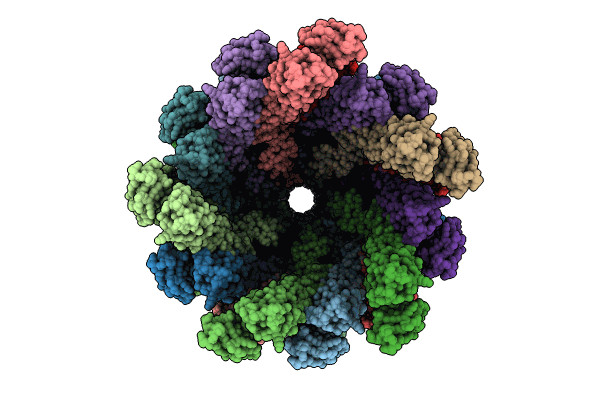
Deposition Date
2023-06-05
Release Date
2023-12-06
Last Version Date
2023-12-06
Method Details:
Experimental Method:
Resolution:
2.90 Å
Aggregation State:
CELL
Reconstruction Method:
HELICAL


